
What is System Integration?
System integration is defined as the process of bringing together individual building systems into one unified graphical interface and ensuring that these systems function together as one system. Simply put, system integration consolidates different systems into one larger system for ease of use. This consolidation creates a single access point for all system controls, including monitoring, alarming, graphics, and trends showing related data—simplifying the work for facilities managers.
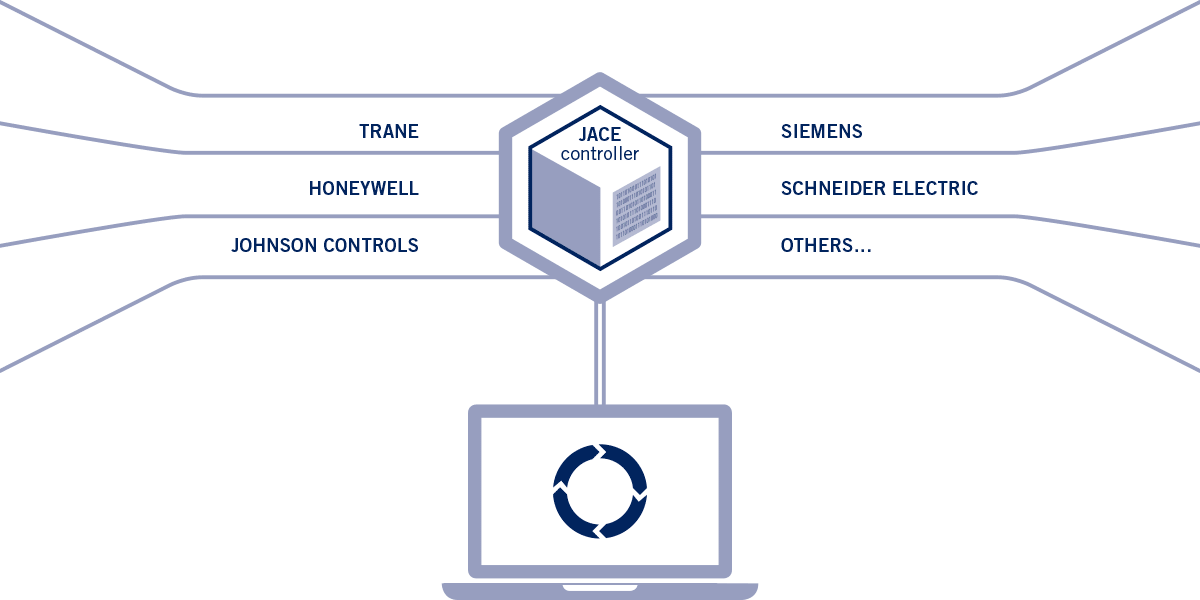
Systems do not have to perform the same or have similar functions to be integrated, and can be integrated on various building automation systems (BAS) platforms. Our team of engineers have integration experience in almost every major building system, including Trane, Honeywell, Johnson Controls, Siemens, Schneider Electric, and more.
Why Integrate Your Building Management Systems?
System integration poses several benefits for its building and users.
System integration can consolidate all building systems into one for ease of control, monitoring, alarming, and trends—anywhere, anytime.
Building systems of all types can be integrated, including:
- Temperature controls
- Interior and exterior lighting
- Door access
- Utility monitoring
- Surveillance systems
- Elevator controls
- PLC equipment
- Fire and alarm panels
- Alternative energy systems
- Critical environments (data centers, clean rooms, hospitals, etc.)
Building systems use proprietary languages (network protocols) to communicate to their parts and pieces. Some of the more common network protocols include BACnet, Modbus, LonWorks, oBix, M-Bus and Zigbee.
Powered by Tridium Niagara N4
System integration requires communication drivers to translate these languages in order to integrate them into one common platform. Our software platform, Tridium Niagara N4, was created to integrate and communicate with almost every building system type and network protocols, allowing for one software platform to control, track and manage all building systems from a single source.
Our team of engineers has extensive integration experience in almost every major building system type and multiple building automation systems, including Trane, Honeywell, Johnson Controls, Siemens, Schneider Electric, and more.
Benefits of System Integration
System integration will ensure several benefits for your company.
At Control Solutions, we know that when it comes to BAS, convenience and efficiency are key in order to save both time and money in the workplace, and to provide you with the most convenient and efficient system possible. The benefits of our system integration include:
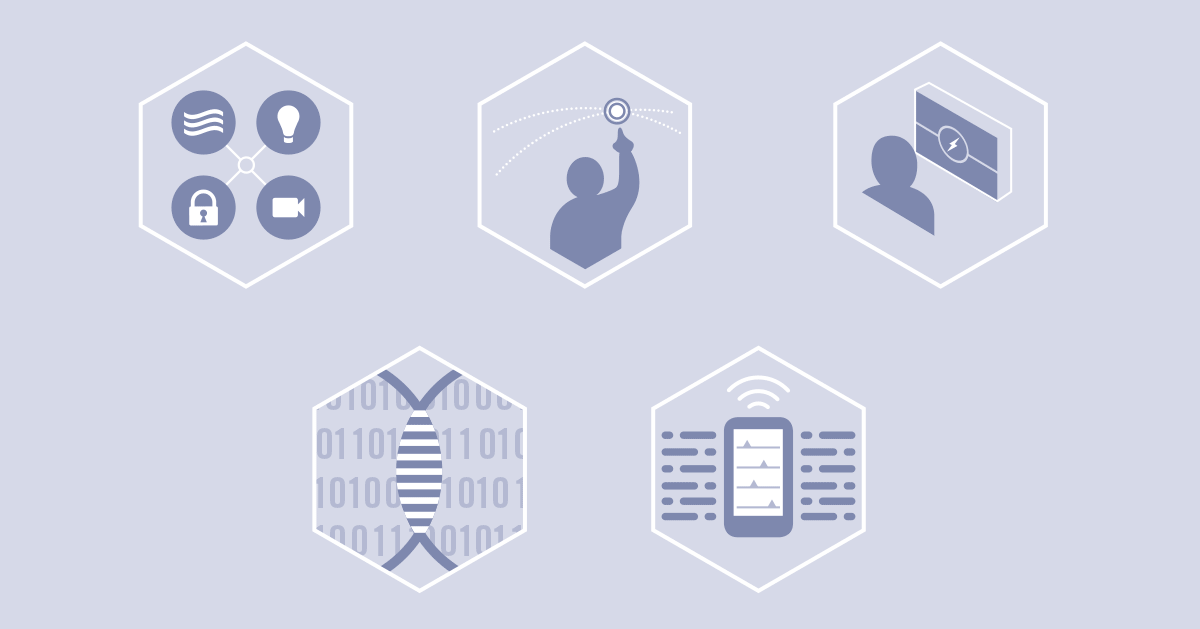
Our team of engineers has integration experience in almost every major building system, including Trane, Honeywell, Johnson Controls, Siemens, Schneider Electric, and more.
Why Choose System Integration?
[Obsolete Systems]

PROBLEM
Customer and service provider can no longer obtain new devices for the existing BMS and the software is no longer supported by the manufacturer.
CAUSE
The existing system is many years old and uses outdated technology. Building Systems hardware and software are constantly evolving in this space.
SOLUTION
There are two preferred economical solutions to revamping an obsolete system.
- A total system replacement.
- Integration of the existing hardware devices with a plan to update the devices as they fail or as necessary to fit in the customer’s budget.
[FAILING SYSTEMS]
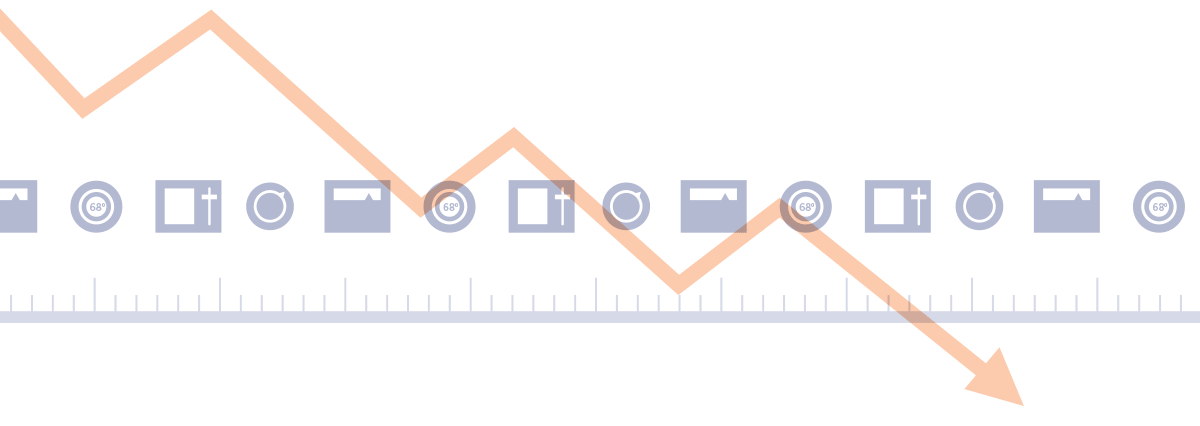
PROBLEM
When a system is outdated, it’s not uncommon for hardware and software issues to arise, resulting in system downtime, additional energy consumption and tenant discomfort and complaints.
CAUSE
The current system could be failing for one of two reasons.
- The system started experiencing electrical, mechanical and software issues and is slowly affecting the programming and communication from the system controller to the devices.
- The devices are faulty and simply continue to fail.
SOLUTION
To stop or prevent a system from failing, a system upgrade including system integration or total system replacement is the recommended solution.
[CHANGE OF OWNERSHIP OR MANAGEMENT]

PROBLEM
A new owner or manager is introduced to the company and cannot gain access to the system or is unfamiliar with the existing BMS.
CAUSE
A new owner or manager may be unfamiliar with a BMS upon beginning their new position due to improper building turnover from one owner or property manager to another, a lack of training, or if the new owner has a specific BMS protocol.
SOLUTION
A seamless transition to a new owner or manager is made possible with proper customer training, system integration and/or upgrades to meet the customer’s BMS protocol.
[BUILDING SYSTEMS MANAGEMENT]

PROBLEM
A facilities manager struggles to access several building systems (HVAC, lighting, energy management, door access & surveillance systems etc.) from one location or one device, increasing the amount of time they spend logging into and managing each system.
CAUSE
Each building system uses different management software.
SOLUTION
The best solution is to integrate all building systems into one building management system that the FM accesses through one site. This allows login and access to all building systems from a single, web-based access point from any device or location, allowing for full control and management.
[ENERGY & PERFORMANCE MANAGEMENT]
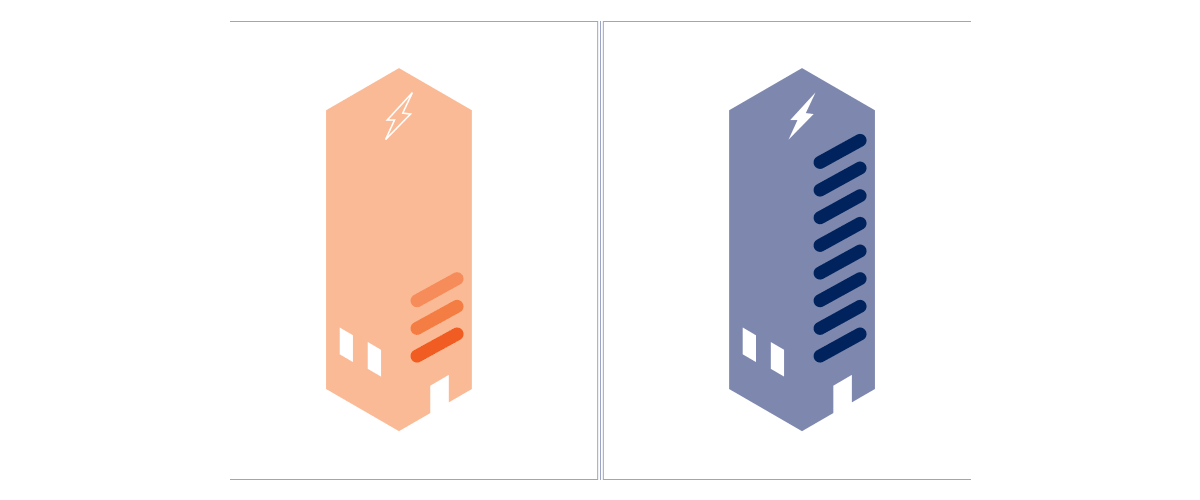
PROBLEM
Buildings have multiple systems that are managed by individual software.
CAUSE
Older buildings did not have BAS systems to manage their facilities; they relied on individual building systems and software to view and manage each system with separate logins and user credentials.
SOLUTION
A BAS is an effective way to track and manage the performance and energy usage for all your buildings. Systems like Tridium and Alerton include analytic and dashboard features to make tracking building performance easy and effective.
[INTERNET OF THINGS (IOT)]
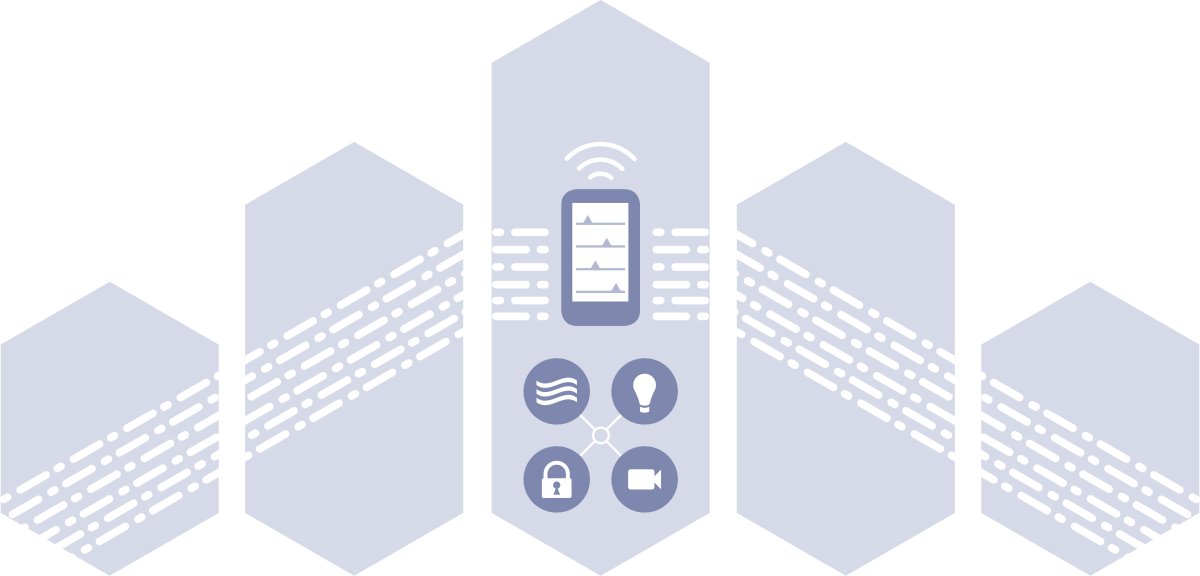
PROBLEM
Building Automation Systems can be expensive and require specialized installation, programming and maintenance.
CAUSE
Although BAS lower energy use in buildings and therefore save money, BAS can be expensive depending on the size and use of a facility. This is because BAS are custom-built for each individual building and, often times, must manage buildings around 100,000 square feet or larger.
SOLUTION
The Internet of Things (IoT)—a network of interconnected objects via the internet—allows for facilities managers to save money on their BAS. The IoT’s low-powered networks and use of less-expensive wireless sensors are able to keep smart-building costs down by around 30% when compared to traditional BAS. With the IoT, smart buildings—which control HVAC systems, lighting, security and safety operations—are made more accessible to buildings of all sizes.
![]()
We Take Care of the System... You Take Care of Business.
Are you ready to integrate your systems and create a more convenient, efficient workplace? Control Solutions is ready for anything you throw our way.
CONTACT US TODAY TO SET UP AN APPOINTMENT.
Phone: 616-247-9422
Email: info@controlyourbuilding.com
Address: 8535 Byron Commerce Dr SW, Ste. A, Byron Center, MI 49315
Sign up below to download a PDF of the Guide.
Once sign-up is complete, the Guide will open in a new tab.

